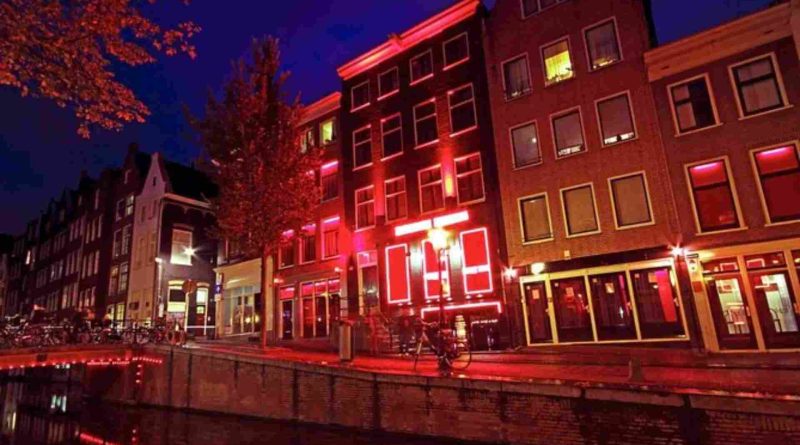Unveiling Amsterdam’s Red Light District: Beyond Stereotypes and Surprises
Venturing into Amsterdam’s Red Light District for the very first time was an eye-opener, to say the least. The journey commenced aboard Cunard’s inaugural Western Europe cruise departing from the UK post-pandemic, gracing Amsterdam with a two-night stay.
With its recent accolade as the world’s second-best city by Time Out in 2021 and an annual influx of approximately 2.5 million global visitors, as reported by the Dutch Art Institute, Amsterdam exudes an undeniable allure.
Yet, the spotlight often falls on its notorious Red Light District, drawing in what the city’s official website terms “nuisance tourists,” predominantly young British males aged 18 to 34, as noted by The Independent. These revelers frequent the area for stag parties or encounters with the iconic red-light windows.
However, delving deeper into the RLD, I uncovered a tapestry of surprises beyond its famed facade.
Upon setting foot in Amsterdam, I discovered not one, but three distinct red-light districts scattered across the cityscape. The district I explored, De Wallen, reigns as the largest and most frequented among the trio.
Intriguingly, the second-largest enclave, Singelgebied, boasts the highest concentration of blue light windows, utilized by transgender sex workers, as revealed by Last Night of Freedom.
Contrarily, the diminutive Ruysdaelkade district, devoid of bustling nightlife, offers a discreet alternative for visitors seeking a quieter rendezvous, according to sources.
My journey led me to the Prostitution Information Center (PIC) within De Wallen, a sanctuary managed by sex workers advocating for public awareness and destigmatization of their profession.
Engaging with Brenda, a former nurse turned sex worker, shed light on the multifaceted dynamics within the RLD. Brenda, alongside fellow residents, emphasized the omnipresence of law enforcement in the area.
Though the police presence eluded my direct observation, conspicuous signage cautioning against misdemeanors such as public urination and unauthorized photography of sex workers punctuated the landscape.
During a guided walking tour, the prohibition on tour groups entering the RLD surfaced, evidently aimed at safeguarding the privacy of its denizens.
Contrary to preconceived notions, I discovered that the Red Light District doubles as a residential enclave, housing approximately 4,000 inhabitants, according to the Amsterdam RLD tour.
Participating in the “We Live Here” initiative, an endeavor championed by the city council, unveiled the human face of the RLD through poignant narratives and photographic portraits of its residents.
Interacting with locals and tourists alike, the RLD pulsated with life, from bustling pubs to curious wanderers traversing its cobbled streets.
Yung Carmiggelt, a longstanding resident, reminisced on the district’s transformation from a perilous hub of criminal activity to a vibrant community, attributing its resurgence to heightened security measures and the influx of trendy establishments.
In essence, my foray into Amsterdam’s Red Light District transcended the stereotypical, revealing a tapestry woven with resilience, diversity, and the enduring spirit of its inhabitants.

